
Some issues inside a home go far beyond chipped paint or squeaky hinges. In the U.S., sellers are legally required to reveal these 10 problems—and for good reason. They could be deal breakers for many, and they can impact the buyers’ safety, insurance, time, and money. If you’re selling your house or anyone else’s, here’s what the buyer should know.
Foundation Cracks Or Structural Damage
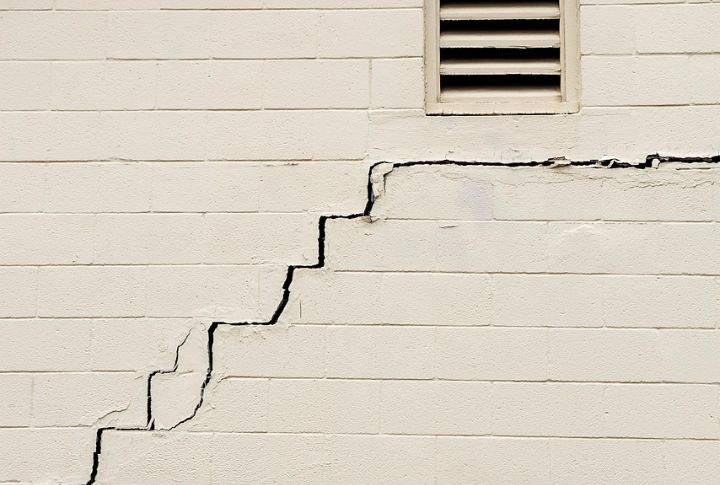
A small wall crack may seem cosmetic at first glance, but it can point to serious structural issues beneath the surface. In many markets, disclosure rules require sellers to share any known foundation problems—no matter how minor they appear.
Water Damage Or Past Flooding

Local housing policies typically require sellers to disclose flooding incidents, regardless of whether the repairs have been completed, because even minor flooding can cause significant issues that linger over the years. Leftover moisture may weaken foundations, warp flooring, or damage walls and insulation.
Mold Or Mildew Presence
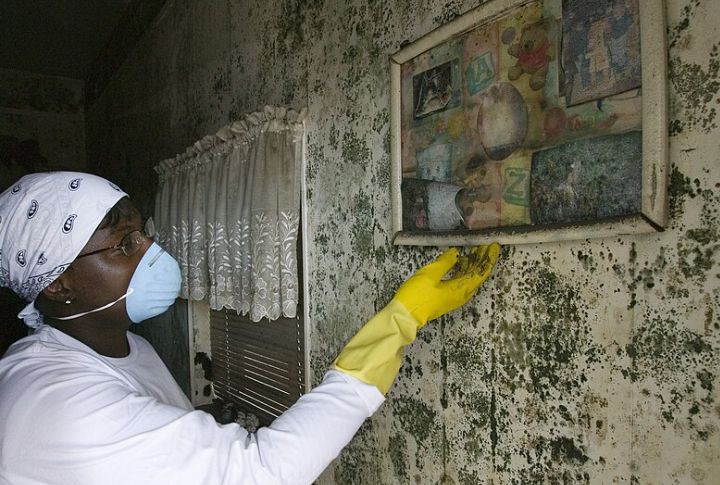
Mold can take hold within 48 hours, thriving silently in damp or poorly ventilated spaces like beneath flooring or behind wallpaper. Black mold, especially, presents serious health risks and can deter buyers at the slightest sign. You are required to disclose all mold issues, including past remediation efforts, to prospective buyers.
Lead-Based Paint
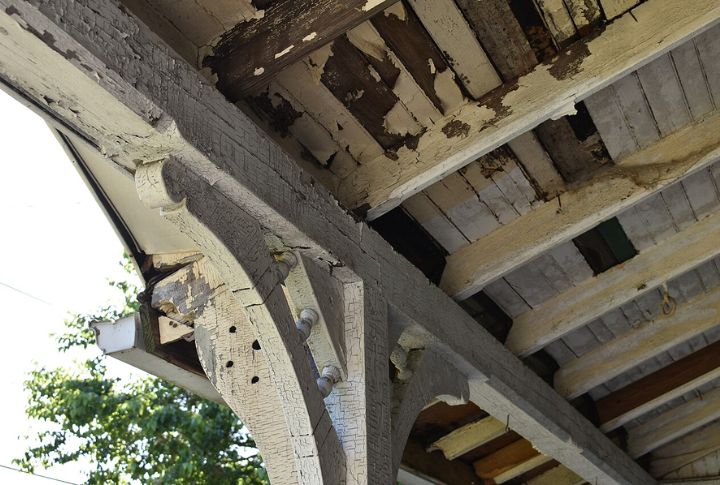
Federal laws specifically target homes built before 1978 due to risks associated with lead paint. You must provide EPA-approved materials detailing known lead hazards. While peeling paint is frequently blamed, lead dust poses a greater health risk, particularly to young children.
Pest Infestations Or Termite Damage
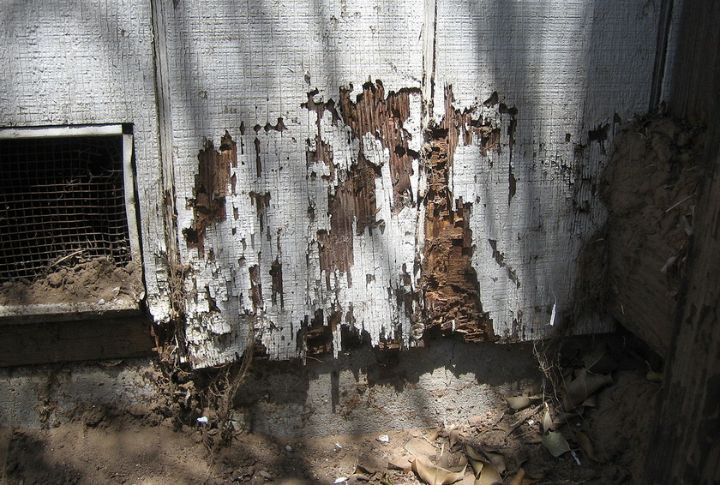
Termites and other wood-destroying pests can silently damage a home’s structure long before visible signs emerge. Independent pest inspections are becoming increasingly common, especially given that termites alone cause billions of dollars in structural damage nationwide every year.
Roof Leaks Or Replacements

Appearances can be misleading; even newly repaired roofs may conceal hidden problems such as underlying water damage or weakened shingles. The roof’s complete maintenance history should be provided to potential buyers. Small, unresolved issues may turn into costly repair bills for them.
Unpermitted Renovations Or Additions
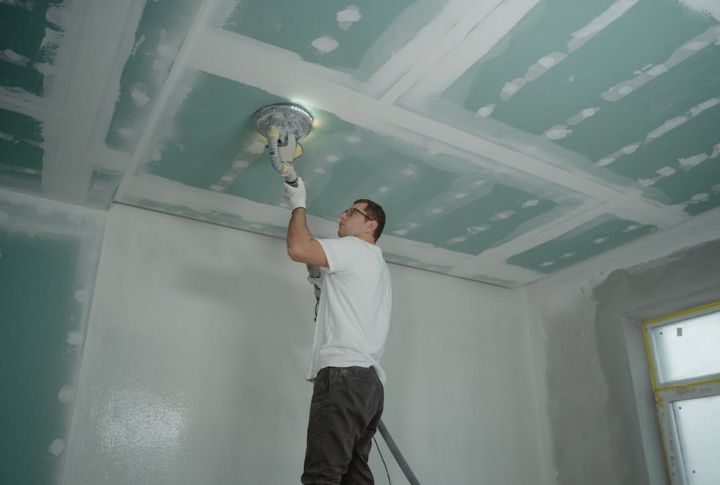
Not all upgrades improve a home’s value, especially if they weren’t approved through the proper channels. Renovations such as removing a support wall or adding a bathroom without permits are risky and may create legal or insurance issues.
Property Line Disputes Or Encroachments

Are there any ongoing boundary issues or easement concerns at the property? If yes, the buyers deserve to know. Disputes involving boundaries or shared driveways may significantly affect property use, and they will certainly jeopardize a home sale.
Neighborhood Noise Or Nuisance Issues

A home’s appeal isn’t just about its condition; external factors like loud neighbors, nightlife, or nearby trains also influence decisions. Many potential buyers now visit neighborhoods at different times to personally assess noise levels before making their final decision.
Previous Fire Or Smoke Damage
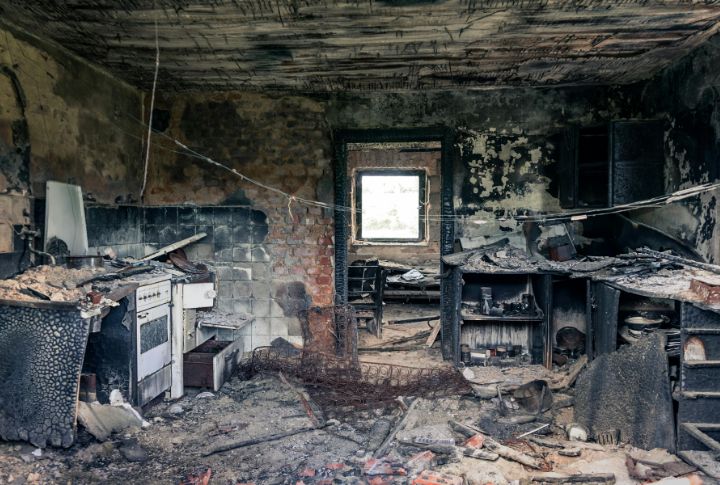
Even if a home appears fully repaired following a fire, underlying damage or lingering odors may persist. Disclosure of prior fire incidents and associated insurance claims, along with fire department documents, is time and again mandated by local property regulations.
